Riders in berets, espadrilles and traditional neck scarves stand out against a dust cloud enveloping a melee of hundreds of horses as they expertly herd the animals.
The riders are gauchos, deft horsemen who occupy a special place in the Argentine psyche, somewhere between legend and reality.
Every year, thousands of people from all over the country flock to San Antonio de Areco for the Festival of Tradition on Dec. 6.
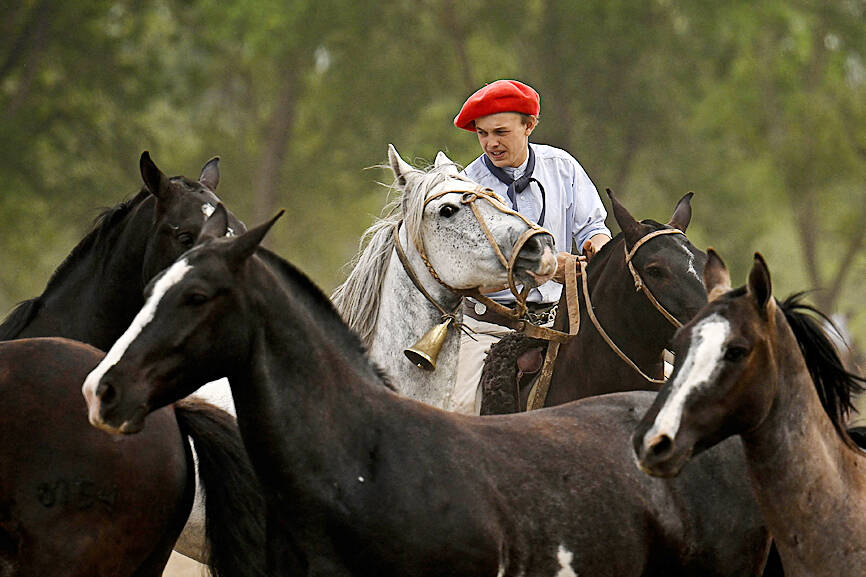
Photo: AFP
The city is 120km from the capital, Buenos Aires, but a different world altogether — a world of horses, pampas (grassland plains) and gauchos who wear daggers in their belts and play folk songs on guitars around campfires.
Every year, Argentina celebrates its national day of the gaucho, but this year is special, marking 150 years since the publication of the poem El Gaucho Martin Fierro by Jose Hernandez — a 2,314-verse ode to Argentina’s version of the cowboy.
Translated into dozens of languages, the poem tells the melancholic story of a 19th-century gaucho, including his life of nomadic freedom in the expansive pampas and the discrimination he faced due to his mixed-race origins.
REBELS
Rebelling against authority, and the advance of the city and fences, the character is a cattle thief and brawler.
He is also courageous, loyal and generous, making the gaucho “a kind of rebel avenger in the minds of the poor classes,” historian Ezequiel Adamovsky of Argentina’s CONICET research council told reporters.
The poem sparked a romanticized obsession with the Argentine horseman and a literary genre that saw dozens of gaucho-themed books “devoured” by rural and working-class readers in particular, Adamovsky said.
Years later, Fierro received an extreme makeover, with the anti-establishment rebel becoming a patriotic figurehead of the military, no longer just a popular idol.
In 1913, El Gaucho Martin Fierro was declared Argentina’s “national poem.”
Then, at the start of the 20th century, Fierro became white in the retelling of his tale rather than of mixed race.
It was a time that “the elites of the nation pushed the outlandish but enduring vision of a white, European Argentina,” said Adamovsky, an expert on how the image of the gaucho has been massaged through history even as it was elevated to a national symbol.
In Adamovsky’s book, The Indomitable Gaucho, the subtitle calls the gaucho “the Impossible Emblem of a Torn Nation.”
SYMBOL
Many sectors of Argentine society grasp the gaucho as a symbol. Anarchists rejecting state authority, communists fighting the class struggle, “Peronists” representing the demands of rural workers and nationalists have all since claimed the gaucho for their own.
In San Antonio de Areco, modern-day gauchos herd horses and break them in, showing off their skills to adoring crowds in a world far from folklore and fantasy.
Well-kept horses are mounted with ease by children and octogenarians alike.
“The gaucho, the man of the field, continues and will continue to exist,” said Victoria Sforzini, the city’s director of heritage.
“It is impossible to replace the work done on horseback,” Sforzini said, adding that with the territory’s diverse topography and vegetation, “there are places where cars cannot go.”
TODAY
So who are the gauchos of today?
Are they the riders who perform for tourists on day-long excursions from Buenos Aires? Are they the rural workers who still ply their trade on horseback today? Or are they like gaucho descendant Julio Casaretto — a suburban mason who rides with his daughter on weekends?
“Even if the fields recede, even if everything gets lost a little, it is in our blood,” Casaretto said.
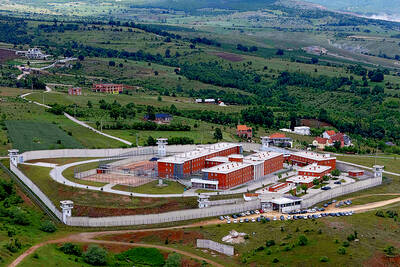
By 2027, Denmark would relocate its foreign convicts to a prison in Kosovo under a 200-million-euro (US$228.6 million) agreement that has raised concerns among non-governmental organizations (NGOs) and residents, but which could serve as a model for the rest of the EU. The agreement, reached in 2022 and ratified by Kosovar lawmakers last year, provides for the reception of up to 300 foreign prisoners sentenced in Denmark. They must not have been convicted of terrorism or war crimes, or have a mental condition or terminal disease. Once their sentence is completed in Kosovan, they would be deported to their home country. In
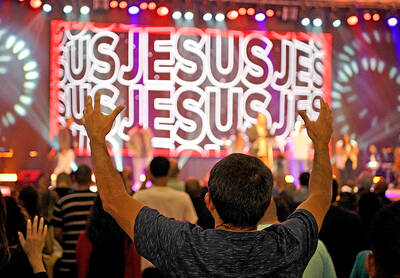
Brazil, the world’s largest Roman Catholic country, saw its Catholic population decline further in 2022, while evangelical Christians and those with no religion continued to rise, census data released on Friday by the Brazilian Institute of Geography and Statistics (IBGE) showed. The census indicated that Brazil had 100.2 million Roman Catholics in 2022, accounting for 56.7 percent of the population, down from 65.1 percent or 105.4 million recorded in the 2010 census. Meanwhile, the share of evangelical Christians rose to 26.9 percent last year, up from 21.6 percent in 2010, adding 12 million followers to reach 47.4 million — the highest figure
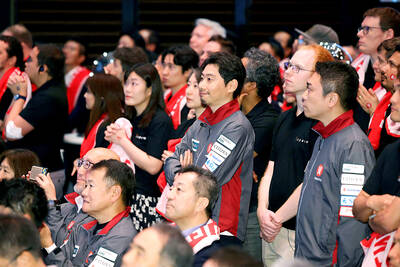
LOST CONTACT: The mission carried payloads from Japan, the US and Taiwan’s National Central University, including a deep space radiation probe, ispace said Japanese company ispace said its uncrewed moon lander likely crashed onto the moon’s surface during its lunar touchdown attempt yesterday, marking another failure two years after its unsuccessful inaugural mission. Tokyo-based ispace had hoped to join US firms Intuitive Machines and Firefly Aerospace as companies that have accomplished commercial landings amid a global race for the moon, which includes state-run missions from China and India. A successful mission would have made ispace the first company outside the US to achieve a moon landing. Resilience, ispace’s second lunar lander, could not decelerate fast enough as it approached the moon, and the company has
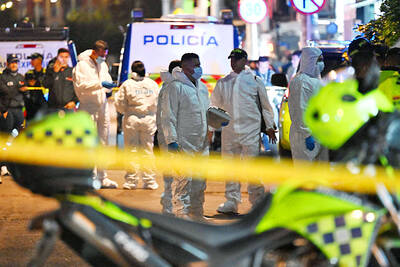
‘THE RED LINE’: Colombian President Gustavo Petro promised a thorough probe into the attack on the senator, who had announced his presidential bid in March Colombian Senator Miguel Uribe Turbay, a possible candidate in the country’s presidential election next year, was shot and wounded at a campaign rally in Bogota on Saturday, authorities said. His conservative Democratic Center party released a statement calling it “an unacceptable act of violence.” The attack took place in a park in the Fontibon neighborhood when armed assailants shot him from behind, said the right-wing Democratic Center, which was the party of former Colombian president Alvaro Uribe. The men are not related. Images circulating on social media showed Uribe Turbay, 39, covered in blood being held by several people. The Santa Fe Foundation